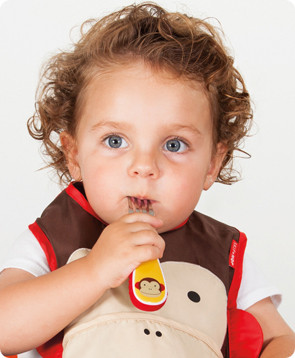Before you know it we will be knocking on the door of a new school year, and you’ll be racing around trying to find school supplies and uniform. This checklist helps you work your way through items you may need and offers you the opportunity to start chipping away at essential purchases before the end of the holidays start looming!
Uniform
Check your school’s website for a list of essential uniform items.
Check what you have in already as some items may still fit and be in good condition, at least until after Christmas or the next growth spurt anyway.
Consider:
- School Uniform
- PE Kit
- Swimming Kit
- School Shoes
- Plimsolls/Trainers
Some schools and nurseries have their own variations and extras needed, such as book bags with the school badge on. Make sure you order these from the school stockists asap as they may take time to
arrive.
Bags and Boxes
If your child isn’t using an official school book bag or if they are at nursery or similar they will need a backpack to store their water bottle, snack, lunch box and so on. Swimming kit bags and PE bags (or spare clothes bags for very little ones) are a must too.
- Lunch box
- Water/Juice bottle for lunch.
- Water bottle for during the day
- Snack box (something to put fruit/raisins etc in if your child’s school ask you to send in a snack)
- School Bag
- PE kit bag
- Swimming kit bag (if needed).
 |
| Tum Tum Lunch Bag |
Other Essentials
- Name labels (this will save you a fortune in replacing lost items)
- Coat (we will soon be entering the autumn/winter season so make sure you have a suitable coat)
- Umbrella
- Wellies (a must for walking to and from school on wet days)
 |
| Umbrellas |
At Home Items
Once you've organised your school or nursery items it might be worth having a look at what you have at home which will support your child's learning. We have a wide range of fun educational toys and tools that are great for helping with homework and for boosting their confidence.
Are you ready for back to school? We have everything from water bottles to name labels to help the transition into the new school year go as easily for you as we're sure it will for the children.








